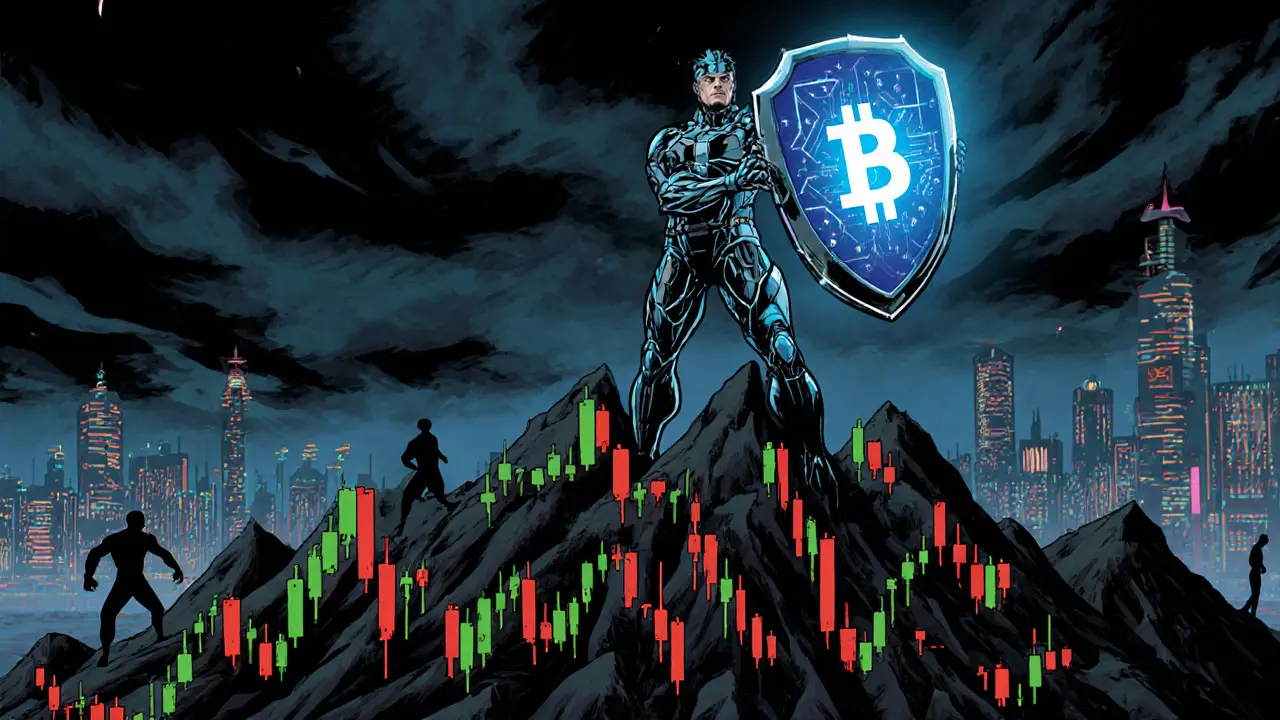When you start looking at crypto fees, the charges applied whenever you move, trade, or settle a digital asset on a blockchain. Also known as network costs, they can change dramatically based on the chain’s load, the type of service you use, and the speed you need. Transaction fees, the small amounts paid to miners or validators for confirming a transaction are the most common example, but they sit alongside exchange fees, the commissions charged by platforms that let you swap one crypto for another. Together they make up the broader category of crypto fees, which you’ll encounter whether you’re sending Bitcoin, swapping tokens on a DEX, or paying for a smart‑contract operation. Understanding each piece helps you avoid surprise costs and choose the right tool for the job.
Crypto fees encompass three core subtopics: transaction fees, exchange fees, and gas fees. Transaction fees require network participation, so higher congestion pushes the price up. Exchange fees influence your overall trading cost because they’re added on top of the market price you pay. Gas fees, which are essentially the transaction fees on Ethereum‑compatible chains, determine how quickly a contract executes. The relationship can be expressed as: “Crypto fees = transaction fees + exchange fees + gas fees.” This simple equation shows that cutting one component—like using a low‑fee exchange—doesn’t eliminate the other parts. Knowing the fee structure of a platform also helps you gauge its liquidity; tighter spreads often mean lower exchange fees but may come with higher gas costs if the network is busy. For traders, the key is to balance speed, cost, and security: a fast swap on a busy network might cost more in gas, while a slower trade on a less congested chain could save you hundreds of dollars. Tools that compare fee schedules across multiple exchanges let you spot the best deal, and many DeFi dashboards now flag real‑time gas prices so you can time your moves.
Below you’ll find a curated collection of articles that dive deeper into each of these areas. From a step‑by‑step look at Hydax Exchange’s fee model to a broader analysis of how modular blockchain design could reshape fee structures, the posts cover practical tips, risk considerations, and the latest trends. Explore the listings to see how fee dynamics affect everything from airdrop eligibility to cross‑chain trading, and arm yourself with the knowledge you need to keep costs low and returns high.

Learn how to set up a Bitcoin DCA strategy step by step, choose the right frequency, pick low‑fee platforms, avoid common pitfalls, and stay disciplined for long‑term growth.